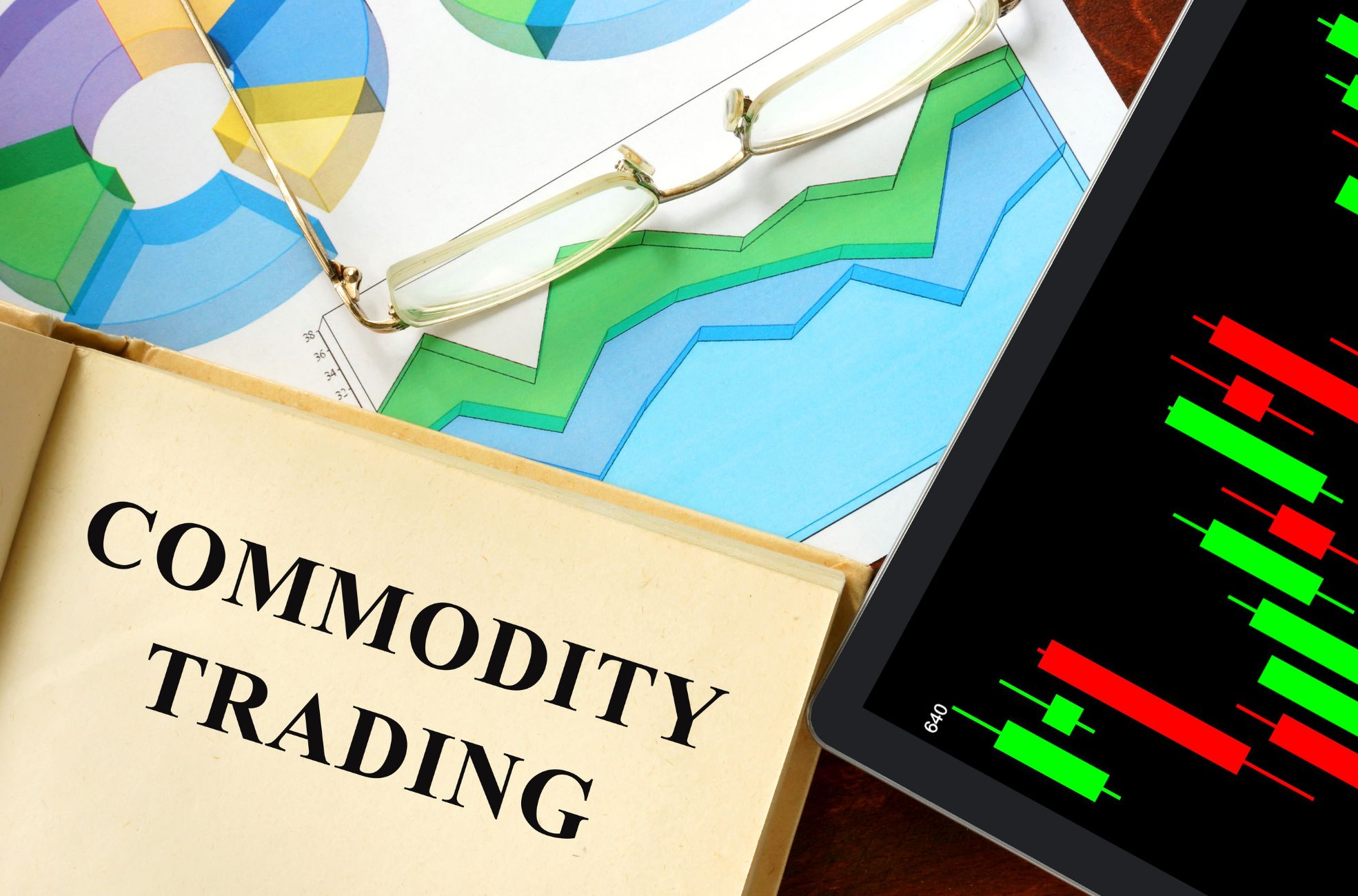
The United Arab Emirates (UAE) stands as a pivotal hub in the global energy landscape, with its strategic positioning and robust financial infrastructure. For traders and investors in the UAE, particularly those focusing on oil majors, understanding how to evaluate these entities through Contract for Difference (CFD) price action is crucial. This approach not only offers insights into market trends but also aids in making informed trading decisions.
The Role of CFDs in Trading Oil Majors
CFDs are financial derivatives that allow traders to speculate on the price movements of underlying assets without owning the assets themselves. In the context of oil majors, CFDs enable traders to take positions on the price movements of stocks like ExxonMobil, Shell, or BP.
Trading oil majors through CFDs offers several advantages:
- Leverage: Traders can control a larger position with a smaller capital outlay.
- Short-selling: CFDs facilitate the ability to profit from declining prices.
- Flexibility: CFDs provide access to various markets and instruments, including indices, commodities, and individual stocks.
In the UAE, platforms like ADSS offer CFD trading on ExxonMobil, providing traders with tools to analyse and trade based on real-time market data.
Analysing CFD Price Action of Oil Majors
Price action analysis is a powerful approach that involves studying historical and current price movements to make informed trading decisions without relying heavily on lagging indicators. For oil majors, analysing CFD price action means focusing closely on the behaviour of price charts to anticipate future moves.
Support and Resistance Levels
Support and resistance are foundational concepts in price action trading. Support refers to price levels where buying interest tends to be strong enough to prevent the price from falling further, creating a “floor.” Resistance is the opposite—levels where selling pressure tends to cap upward movement, forming a “ceiling.” Identifying these zones helps traders recognise potential reversal points or breakout opportunities.
For instance, if ExxonMobil’s CFD price approaches a well-established support level and begins to bounce higher, it may signal a buying opportunity. Conversely, a breach of resistance with volume confirmation can hint at a strong upward trend.
Candlestick Patterns
Candlestick formations provide visual clues about market sentiment and potential turning points. Patterns like dojis, hammers, engulfing candles, and shooting stars help traders interpret whether buyers or sellers are gaining control. In CFDs on oil majors, spotting a bullish engulfing pattern near support might suggest the start of a rally, while a bearish reversal pattern at resistance could warn of a pullback. Because oil prices and related stocks can be sensitive to news and geopolitical events, candlestick patterns often act as early signals of momentum shifts.
Volume Analysis
Volume is a critical but sometimes overlooked element in price action trading. It measures the number of contracts or shares traded within a given timeframe, providing insight into the strength or weakness of a price move. A price increase accompanied by rising volume usually indicates strong buying interest and validates the move, while rising prices on declining volume might suggest a weakening trend. For CFDs on oil majors, volume spikes during key news releases—such as OPEC announcements or earnings reports—can lead to rapid price swings, making volume analysis essential for timing entries and exits.
Traders often ask, what is ExxonMobil trading at? As of recent data, ExxonMobil’s stock is trading at $112.48, with an intraday high of $113.52 and a low of $111.16. Traders observing this range might look for price reactions near these points to determine whether the stock will consolidate, break out, or reverse. Such detailed price action insights are vital for crafting precise entry and exit strategies, especially when trading leveraged CFD instruments in the fast-moving energy sector.
Fundamental Factors Influencing Oil Majors
Several fundamental factors impact the performance of oil majors:
- Crude Oil Prices: Fluctuations in global oil prices directly affect the profitability of oil companies.x
- OPEC Decisions: Policies and production targets set by the Organisation of the Petroleum Exporting Countries can influence supply and, consequently, prices.
- Geopolitical Events: Conflicts, sanctions, and diplomatic relations can disrupt supply chains and impact stock prices.
- Economic Indicators: Data such as GDP growth, unemployment rates, and inflation can influence investor sentiment and stock performance.
Understanding these factors helps traders anticipate potential price movements and make informed decisions.
Technical Analysis Tools for CFD Trading
To effectively analyse CFD price action, traders employ various technical analysis tools:
- Moving Averages: Help identify the direction of the trend and potential reversal points.
- Relative Strength Index (RSI): Indicates overbought or oversold conditions.
- MACD (Moving Average Convergence Divergence): Assists in identifying changes in the strength, direction, momentum, and duration of a trend.
- Bollinger Bands: Provide insights into volatility and potential price breakouts.
By integrating these tools, traders can develop strategies to navigate the complexities of CFD trading in oil majors.
Conclusion
Evaluating oil majors through CFD price action offers traders in the UAE a comprehensive approach to understanding market dynamics. By combining technical analysis with an awareness of fundamental factors, traders can make informed decisions that align with their investment goals. As the energy sector continues to evolve, staying abreast of market trends and employing sound trading strategies will be essential for success.
For those interested in exploring CFD trading on ExxonMobil, platforms like ADSS provide real-time data and analytical tools to assist in making informed trading decisions.



More Stories
Fast and Effective UTI Treatment in North Dale Mabry FL
Why SOC and ZTNA Integration Strengthens Enterprise Security
Deep Dive into Fundamental Analysis: Unveiling Growth Potential